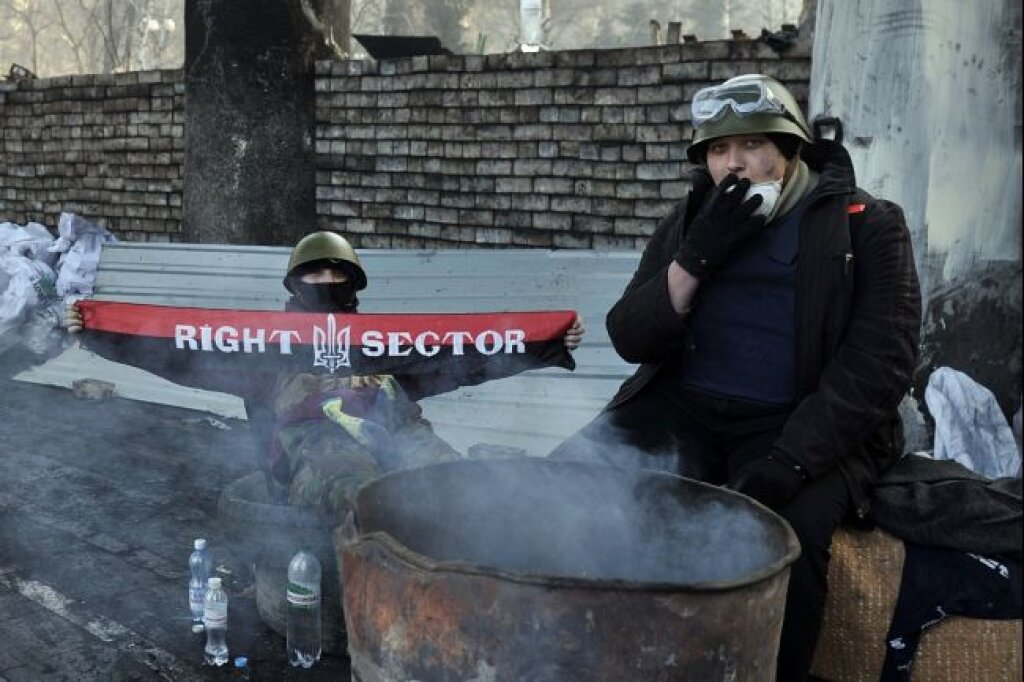Irina Busygina is a Research Fellow at the Davis Center for Russian and Eurasian Studies at Harvard University.
Since the start of Russia’s aggression against Ukraine, many forecasts, scenarios, and entire concepts in international relations have suddenly become irrelevant and even outdated, while others, conversely, are gaining popularity. It would seem that the concept of regional leadership belongs to the first category—what is the point of talking about leadership now, in a time of triumphant realism, the rise of severe violence, and especially with regard to a region where both the aggressor and the state opposing the aggression are located? I believe, however, that the opposite is the case. Discussions of regional leadership make sense right now from both a theoretical and practical perspective. Theoretically—because we do not fully understand how this type of power in IR works and what mechanisms keep it from transforming into hegemony. Practically—because genuine regional leadership prevents the spread of violence in all its manifestations.
My co-authors and I discuss questions of regional leadership in our recent collected volume, Regional Leadership in Post-Soviet Eurasia: The Strategies of Russia, China, and the European Union. The premises for regional leadership are simple, almost trivial: that the states in question are interdependent and interact with one another, and that states are diverse (first of all, in terms of the structure of their domestic institutions) and unequal in economic and social “power.”
The premises are simple, but the type of relationship between a leader and his or her followers is very complex. “Regional leader” is not a social status (unlike, say, “very powerful person”), but a social role the leader undertakes. This role implies, above all, recognition by followers, and is always relative, the essential feature of leadership being reciprocity. Crucially, ideas and material gains that emerge in the process of interaction between leader and followers are available to all participants in the relationship—they are in the joint ownership of both the leader and their followers.
Regional leadership implies that a leader is a successful and effective actor with something to offer followers. Regional leadership projects provide various kinds of rewards for followers to compensate for constraints in their domestic and foreign policy. Thus, the goal of the regional power is to incentivize smaller nations to accept its leadership by voluntarily entering into a contractual relationship.
Regional leadership is fundamentally different from regional hegemony. Hegemony is always coercive; the hegemon seeks to change the policies of (neighboring) states without regard for voluntary consent by neighbors and based only on its own interests. The fundamental difference between hegemony and leadership lies in the goals pursued by the state. The hegemon seeks to satisfy its own egoistic goals, presenting them as common among subordinate states, while the leader guides a group of states to realize everyone’s common goals.
Post-Soviet Eurasia is a unique “laboratory” for studying regional leadership. The international situation in post-Soviet Eurasia is very far from the global status quo. At the same time, several major powers—Russia, China, and the EU—claim (or have claimed) leadership roles in the region.
Again, it may seem, in this time of war, that a discussion of regional leadership as a type of power with instruments built on authority rather than coercion and brute force is not at all timely. Great-power politics, based on sudden and abrupt moves, on domination and hegemony, contrasts with the slow and careful building of those relationships of voluntariness and trust that bind the leader and their followers. But, certainly after the war, and even during the war—whose length no one can predict—authentic leadership is more in demand than ever. Not only has it not lost its value, but, on the contrary, it has become even more valuable. Power is extremely asymmetrically distributed across countries and regions, an asymmetry that is only increasing. The dichotomy between “major” and “smaller” powers is thus a given. and presents one of the keys to understanding global development.
Will a major power hurt smaller nations simply because it can and wants to, ignoring all rules and obligations? Or will the major power, despite having the option of simply dominating and ignoring international conventions, nonetheless commit to credibility and build a more complex relationship with smaller nations that are ultimately beneficial to both sides? Is such a choice possible only if a major power is not one strong state, but a union of states, most of which are small nations? These questions were already important before the Russian war against Ukraine; the war made them critical.
John Mearsheimer, a famous proponent of great-power politics, has explained that world politics belong to major powers, while the role of smaller countries is usually marginal. In 2014, he argued that Ukraine’s way of thinking about its “foreign policy choices” could prove “dangerous.” “The sad truth,” he continued, “is that might often makes right when great-power politics are at play. Abstract rights such as self-determination are largely meaningless when powerful states get into brawls with weaker states.” In fact, Ukraine’s example demonstrates the opposite: the role of a smaller nation can be very important and its resistance to the aggression of a great power can be remarkable. The current war provides meaningful evidence of the significance of leadership relationships in which “followers” or smaller nations are as important as the leader.
Until 2022 it was just barely possible to speak of competing leadership projects in post-Soviet Eurasia. February 24, 2022, has drastically changed this state of affairs. Russia’s objective characteristics—huge territorial size, abundance of natural resources, long borders with smaller post-Soviet nations, Russian language as a lingua franca in the post-Soviet region as well as an important Soviet legacy—created a potential predisposition to claiming the role of leader in post-Soviet Eurasia. But on the road to war, Russia has lost any chances to actually realize this claim. As a leader in post-Soviet Eurasia, Russia is over.
The transformation of Russia from a potential leader into an explicit aggressor immediately raised the overall level of conflict in post-Soviet Eurasia. The war dispelled one of the myths that Moscow had long broadcast to the region: the notion of Russia as a provider of security. The tragedy of Nagorno-Karabakh is one of the consequences of Russia’s aggression against Ukraine.
At the same time, the influence of two alternative projects—those of China and the EU, respectively—has increased. Unlike Russia, these powers did not claim leadership of all nations the post-Soviet region, but were instead increasingly active in their neighborhoods: China in the Central Asian post-Soviet countries, and the EU in Eastern Partnership countries. However, after February 2022, this situation is also likely to change. China is now emerging as a selective and flexible leader that allows potential followers to pursue multi-vector policy and at the same time skillfully tailors its strategy to a changing, competitive environment. The weakening of Russia’s position in the region will allow China to further step up its presence in Eurasia and pursue its ever-expanding foreign policy goals in Central Asia and beyond.
Meanwhile, the role of the EU and the need for EU leadership have both increased enormously for the countries in theEastern Partnership. The EU’s responsibility is multiplied because Russian aggression in Ukraine has dramatically amplified the demand for leadership from the Union. However, the EU’s ability to effectively practice leadership heavily relies on the degree to which followers already sharing its values and outlooks. In this arena, the EU can exercise only limited control.
It is also important to consider the preferences of potential “followers.” Are they in need of leadership at all? The Central Asian part of post-Soviet Eurasia evinces no demand for full-fledged Chinese or any other external leadership. It is possible, however, that a regional leader will emerge from within the Central Asian group itself. For instance, Kazakhstan could claim this role if serious domestic reforms initiated by the country’s leadership end up succeeding.
Post-Soviet Eurasia gives us an opportunity to observe and explore very different forms of leadership, including the rejection of leadership altogether in favor of hegemony through brute force. It is difficult to predict the region’s future with any certainty. I am deeply convinced, however, that only those major powers that offer the nations of post-Soviet Eurasia peaceful development and prosperity will have a chance to become real leaders in this complex and turbulent region.



